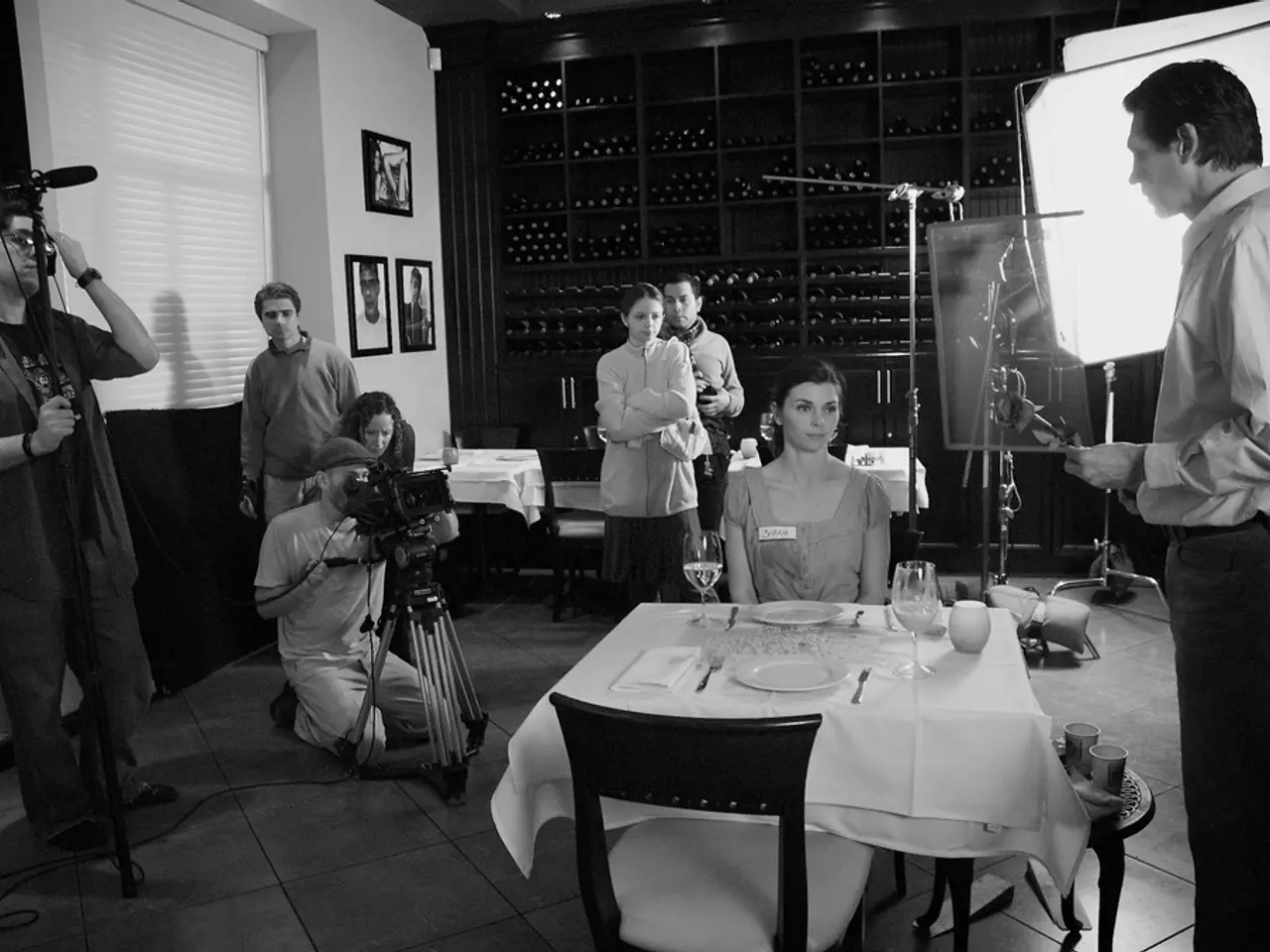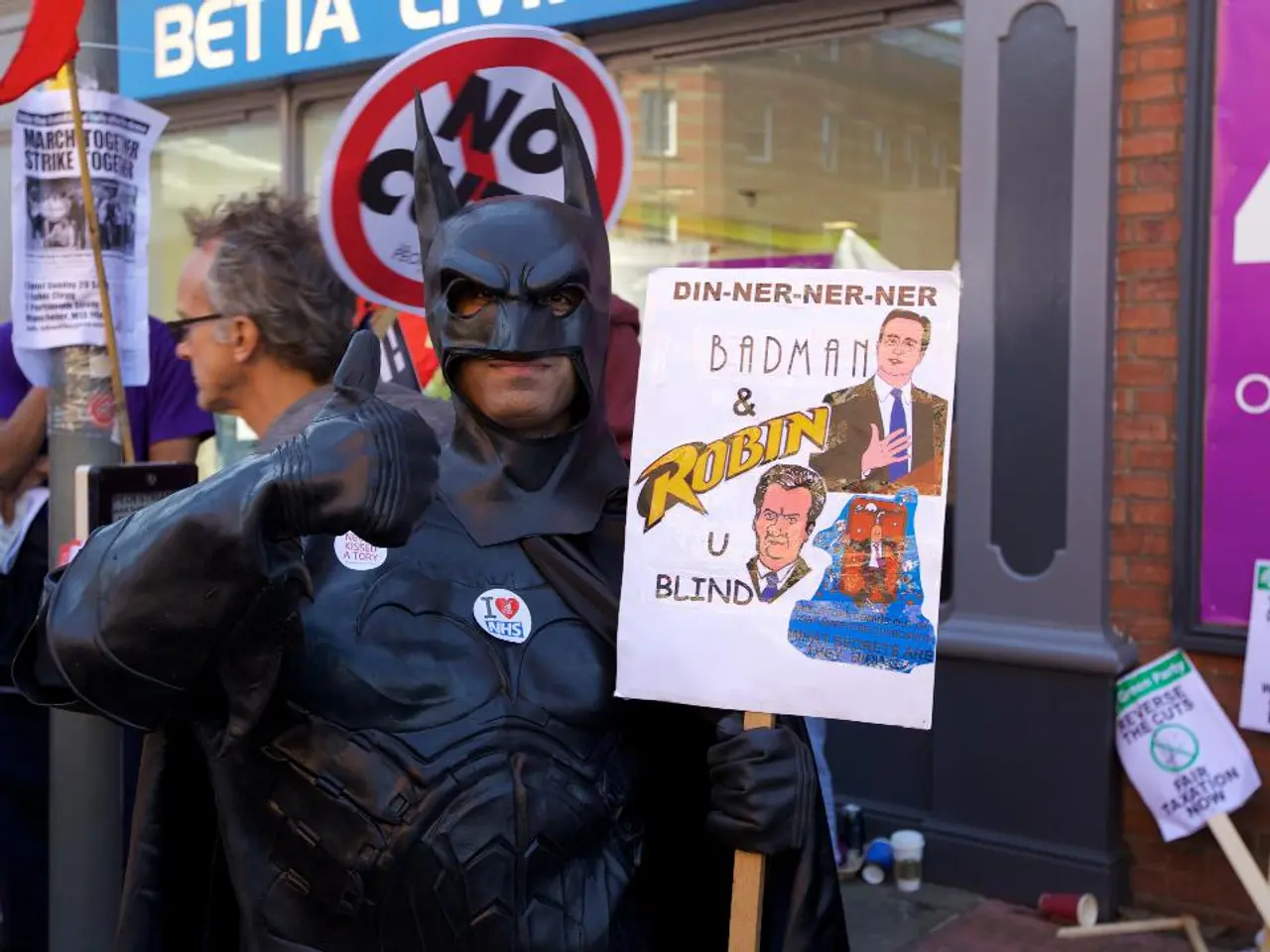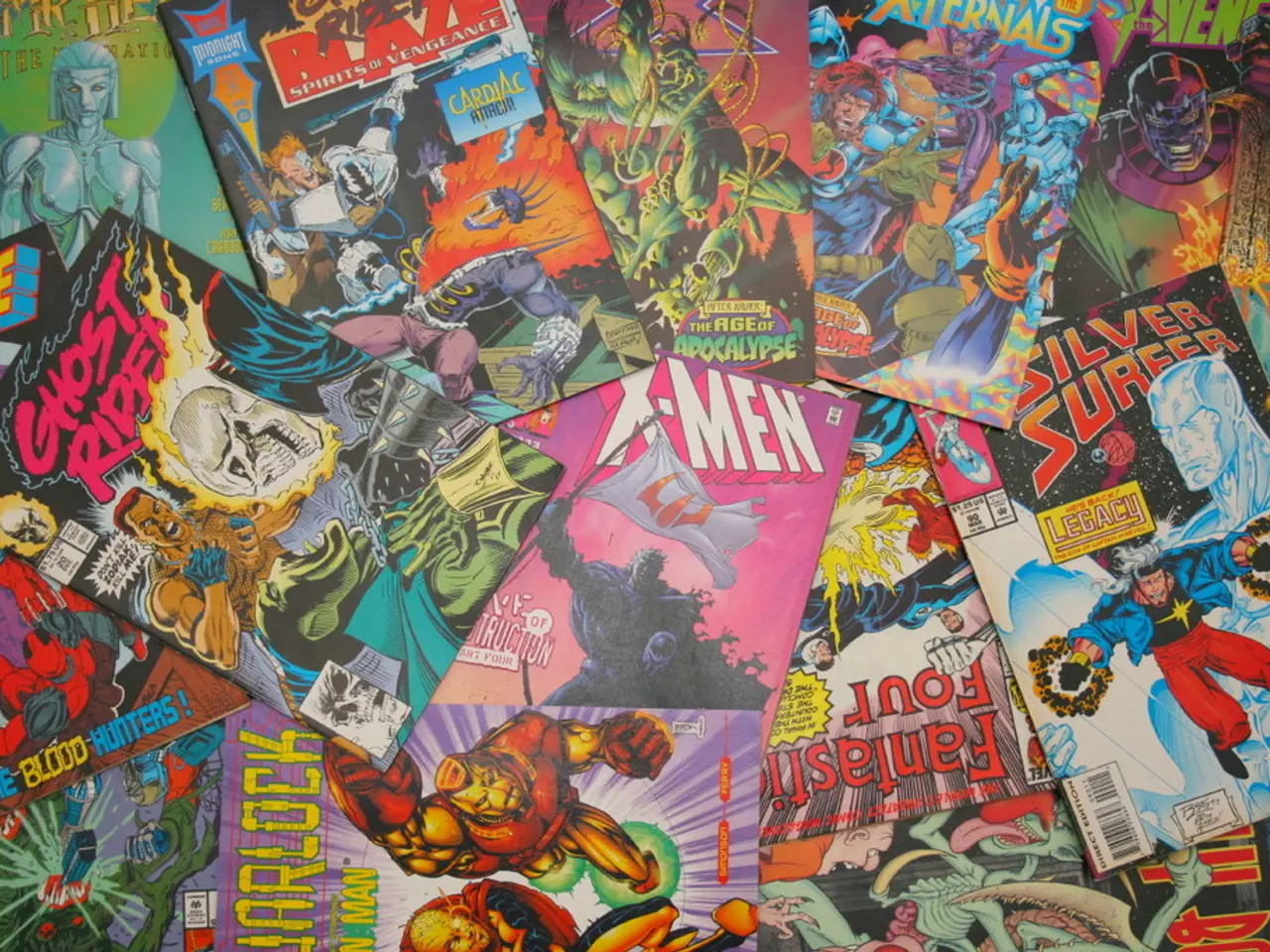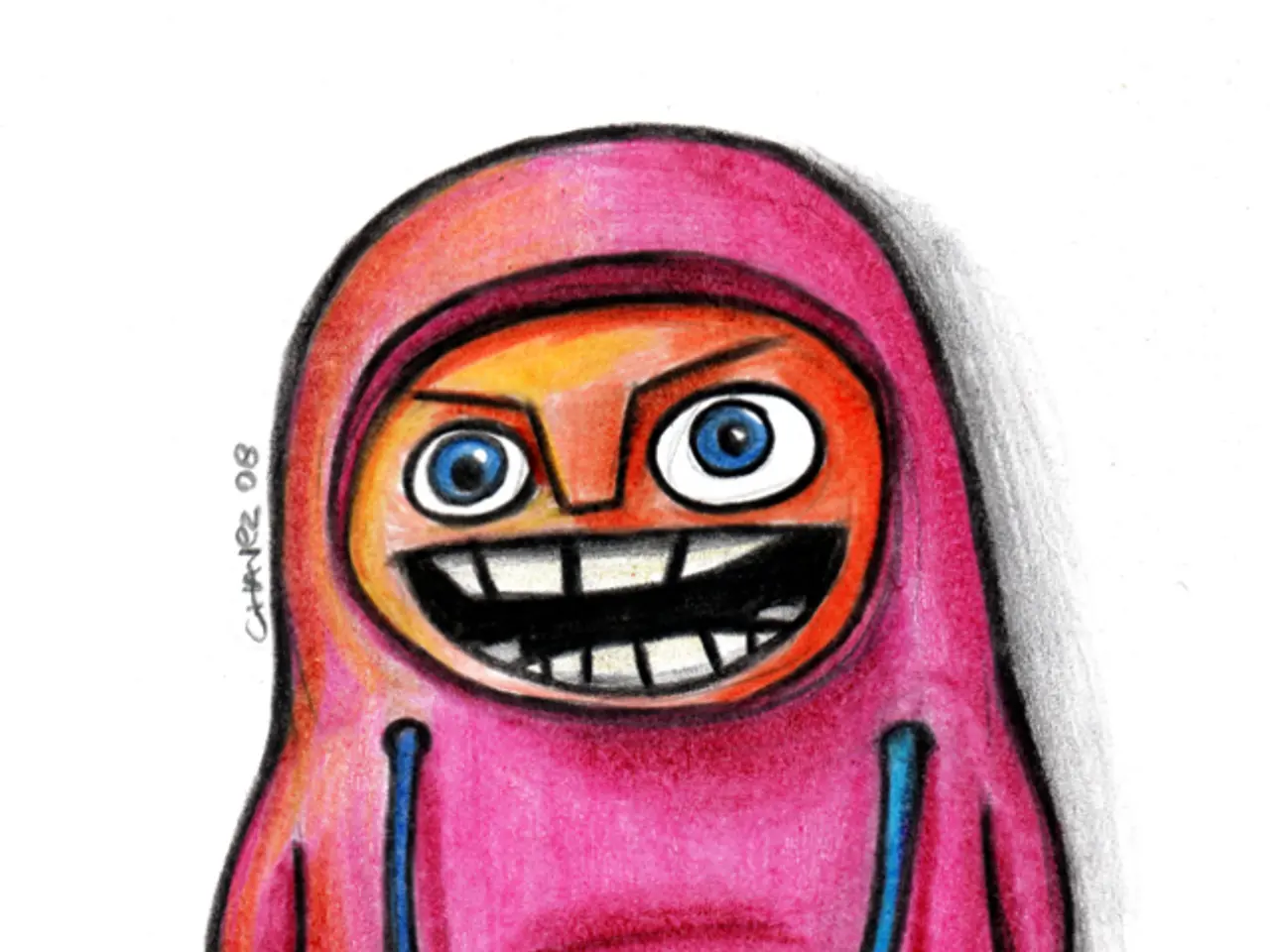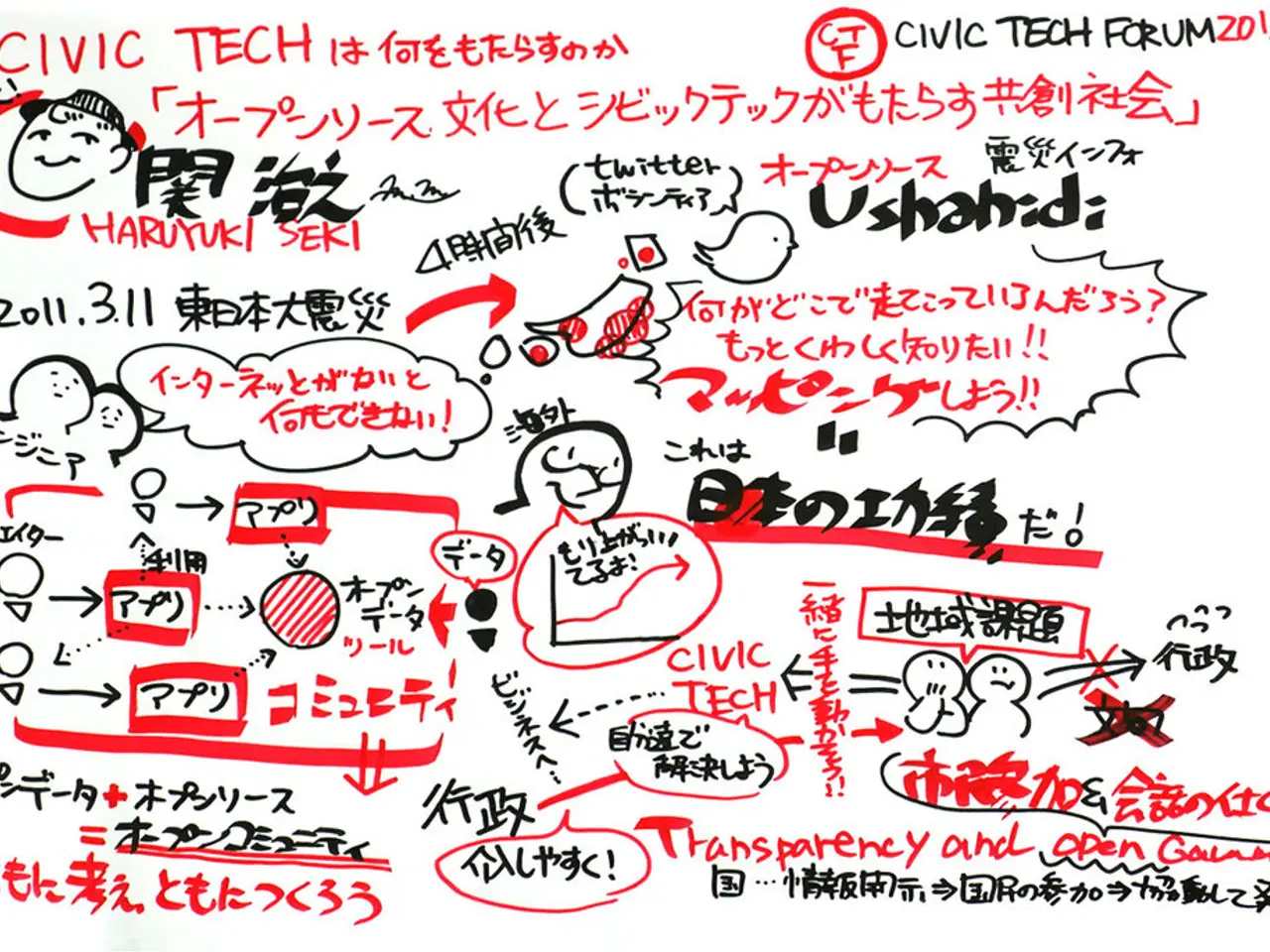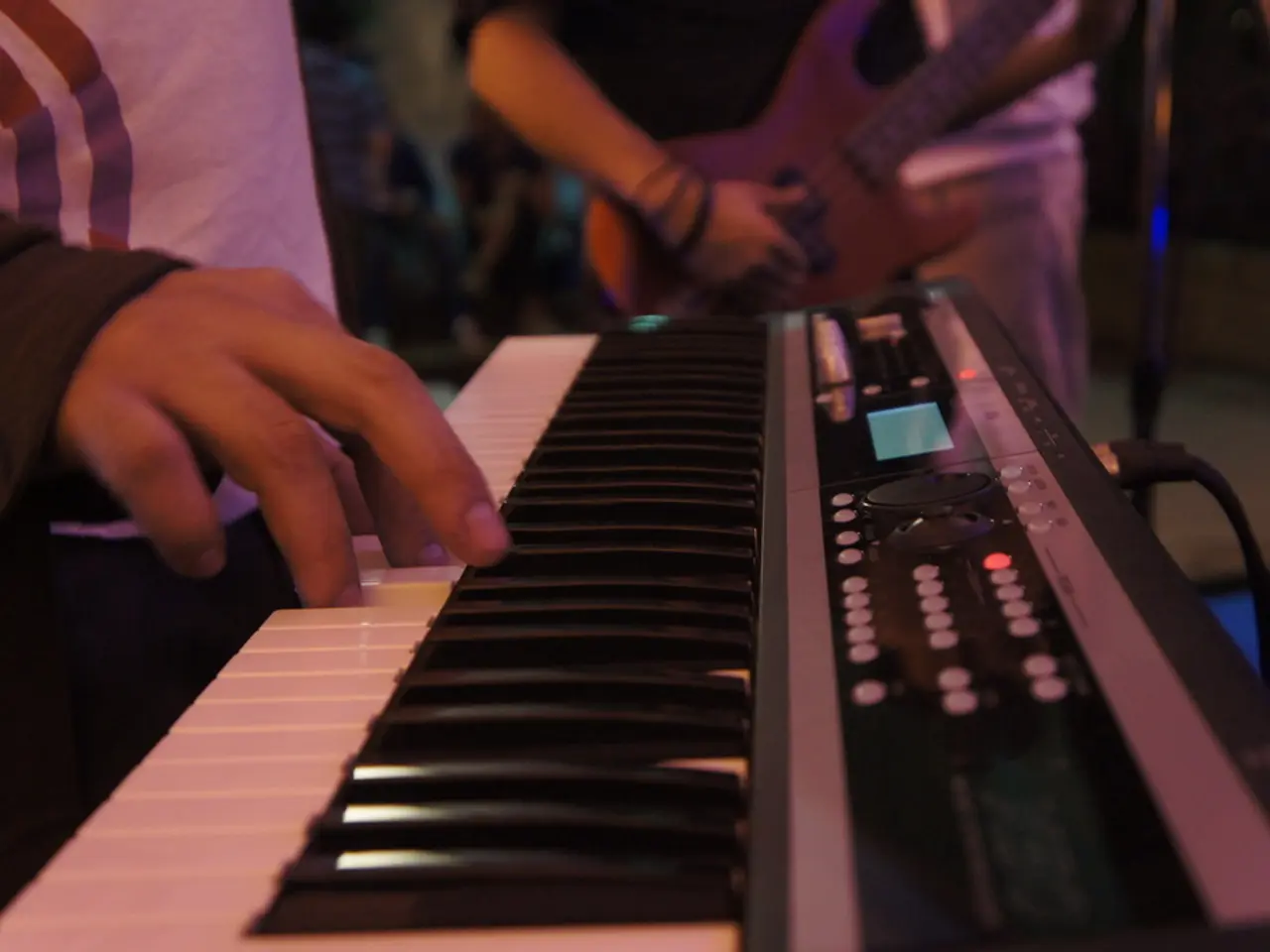Ready for an Epic Cinema Experience: Top 10 Longest Movies in Hollywood History
In the world of cinema, the length of movies has been a subject of interest and debate for many years. From the early days of silent films to the modern blockbusters we know today, the average runtime of Hollywood movies has significantly increased.
One of the most striking examples of this trend is Martin Scorsese's "The Irishman" (2019), which uses digital de-aging cinematography to show characters aging over several decades. Not only is it Scorsese's longest-ever film, but it also marks his first feature to go direct to streaming, debuting on Netflix. The film, based on the lives of real-life criminal figures Jimmy Hoffa and Frank Sheeran, runs for 3 hours, 29 minutes.
The increasing length of Hollywood movies can be attributed to a combination of artistic, commercial, and technological factors. One of the primary reasons is the ambition and complexity of stories. Modern films tend to be more ambitious and complex, often requiring more screen time to fully develop characters and intricate plots. This trend has roots dating back to mid-20th century epics like "War and Peace" and "The Ten Commandments," which popularized the three- to four-hour wide-screen "blockbuster" format.
Technological advances have also played a significant role. Innovations in filmmaking technology, including widescreen formats and visual effects, have encouraged filmmakers to explore grander and more visually spectacular subjects, which can extend runtime. The transition to widescreen formats in the 1950s pushed filmmakers to fill larger frames with more content, influencing pacing and length.
Audience expectations and experience have also evolved over time. Contemporary audiences have come to expect more immersive experiences, with longer movies allowing for deeper engagement and complexity. The tempo or pacing in films can influence perceived length, with well-paced long films maintaining audience attention effectively.
Economic and production considerations are another factor. While time on set is expensive, the scale and ambition of today’s movies necessitate extended production schedules and post-production processes, which can translate to longer final runtimes. However, there is also pressure to ensure ethical working conditions, as rushed and exploitative production environments can hurt the quality and profitability of films.
Cultural and commercial factors also influence film length. Films that adapt classic or complex material often require longer runtimes to preserve artistic vision while appealing to market demands. For instance, "Gone with the Wind," which has been criticized for its romanticized depictions of slavery and the Old South, won eight Academy Awards and is still the highest-grossing box office movie, when adjusted for inflation.
The evolution of Hollywood movie length is a fascinating journey. Early cinema featured shorter films, but with technological advancements like sound and widescreen, feature lengths increased significantly. The 1950s saw the rise of epic blockbusters lasting three to four hours to capitalize on widescreen formats and the need to compete with television. Over recent decades, the average length has increased further due to franchise films, sequels, and adaptations that require extended runtimes to cover expansive narratives.
Despite longer runtimes, directors and editors carefully pace films to maintain audience engagement, sometimes countering the feeling of a long movie by manipulating tempo through editing and music. For example, "Once Upon a Time in America," originally released with a runtime of 3 hours, 39 minutes, was later cut down to 139 minutes for theatrical release. However, the full version was released on DVD in 2003, and an "extended director's cut" of 251 minutes was released in 2014.
Other notable long films include "Cleopatra" (1963), which has a runtime of 4 hours, 4 minutes and is considered the longest Hollywood film release for about 60 years, and "Zack Snyder's Justice League" (2021), the longest Hollywood film of the 21st century so far, with a runtime of 4 hours, 2 minutes.
In summary, the trend toward longer Hollywood movies has evolved from technological innovations and the popularity of epic storytelling to modern demands for immersive, detailed narratives and commercially viable franchises. These factors together have shaped an industry where longer runtimes are both an artistic choice and a strategic response to audience and market expectations.
The increasing length of Hollywood movies can be traced back to the popularity of epic storytelling in the mid-20th century, such as "War and Peace" and "The Ten Commandments," which ushered in the three- to four-hour "blockbuster" format. ( entertainement, movies-and-tv )
Modern films, with their ambition and complexity, often require lengthier runtimes to fully develop characters and intricate plots, a trend that continues with contemporary releases like "Zack Snyder's Justice League" (2021). ( movies-and-tv, entertainment )
